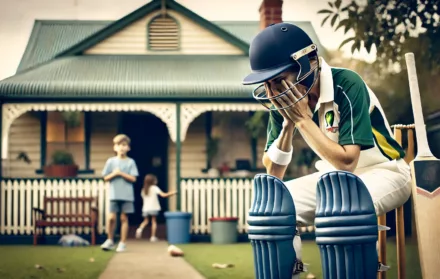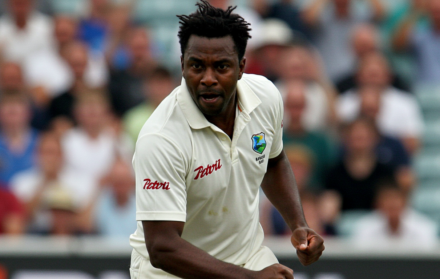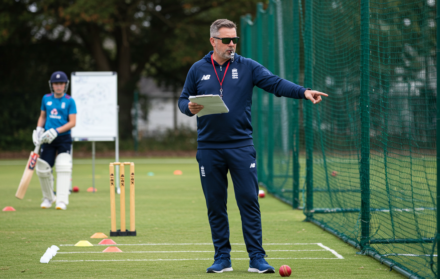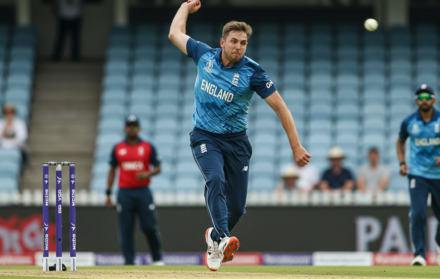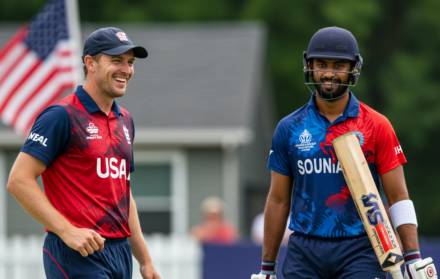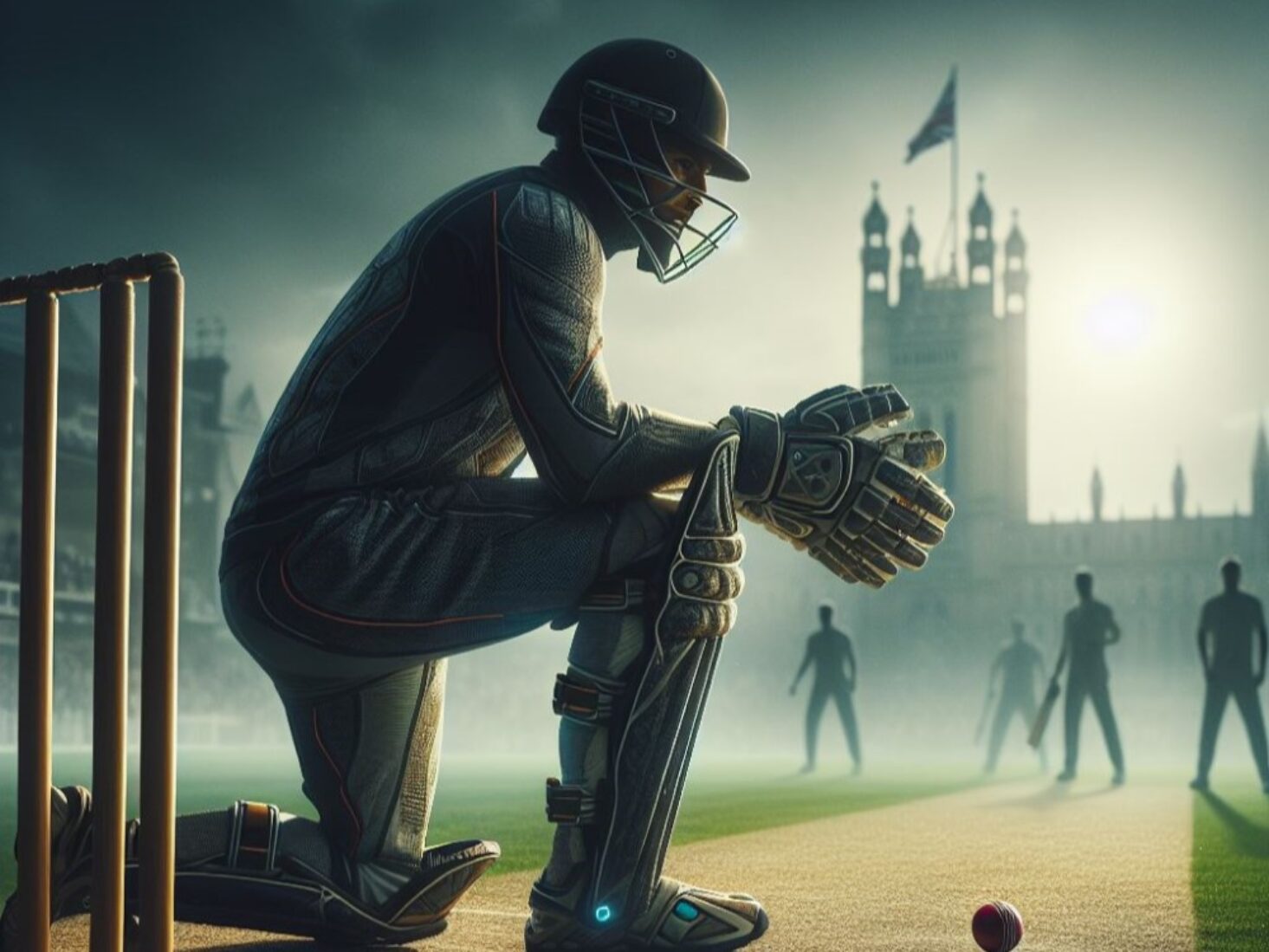
How Are Fielding Positions Determined In Cricket
Fielding positions play a vital role in shaping the game of cricket. They are strategically placed on the field to maximize the chances of getting the batsman out or preventing runs. The positions vary depending on the format of the game, the style of the bowler, and the attacking or defensive approach of the captain.
Understanding the importance of fielding positions in cricket is crucial to optimize defensive strategies and create opportunities. Traditionally, cricket has specific fielding positions that have stood the test of time. These include Slip, Gully, Point, Cover, Mid-off, Mid-on, Mid-wicket, Square leg, Fine leg, and Third man.
In limited overs cricket, specialized fielding positions have emerged to counter aggressive batting and restrict scoring. These specialized positions include Deep point, Deep square leg, Long on, Long off, Sweeper cover, and Fine leg up in the circle.
Several factors come into play when determining fielding positions. The dominant shots of the batsman, the line and length of the bowler, the strategic decisions of the fielding captain, and the conditions of the pitch all contribute to the placement of fielders.
Furthermore, fielding positions can change dynamically during a cricket match. Captains may adjust fielding positions based on the situation, the form of the batsman, or to counter specific shots or batsmen. This flexibility allows teams to adapt and respond to the game’s dynamic nature.
Understanding how fielding positions are determined and the significance they hold in cricket provides valuable insights into the strategic elements of the game. By effectively utilizing fielding positions, teams can enhance their chances of success and create a formidable defense against the opposition.
Why are Fielding Positions Important in Cricket?
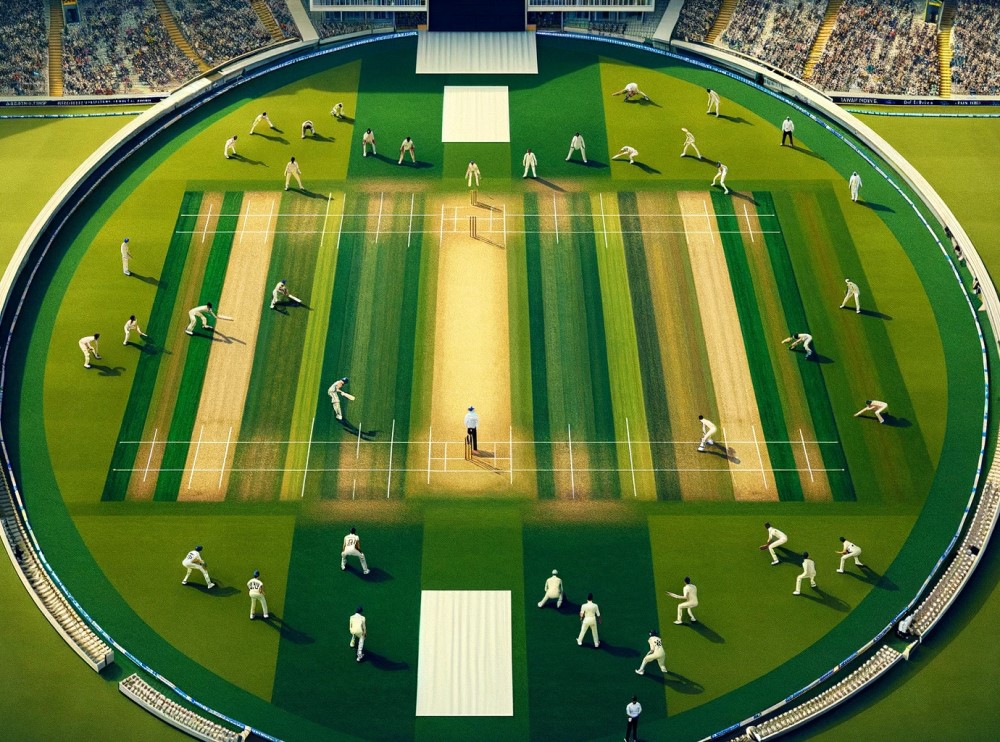
Fielding positions are important in cricket for strategic reasons. They play a crucial role in the game by maximizing defensive efficiency and increasing the chances of taking wickets. Fielders are positioned strategically based on factors like the bowler’s line and length, the batsman’s strengths, and the fielding captain’s tactics.
Having fielders in the right positions can put pressure on the batsman, restrict scoring opportunities, and create chances for dismissals. Fielding positions are important as they contribute to the overall balance and success of a team in the game of cricket.
With well-placed fielders, teams can consistently apply pressure and control the flow of the game.
Traditional Fielding Positions in Cricket
When it comes to the traditional fielding positions in cricket, there’s a lot more to it than just standing on the field. From slip and gully to point and cover, each position serves a unique purpose in the game. And let’s not forget about the strategic placements of mid-off, mid-on, mid-wicket, square leg, fine leg, and the ever-elusive third man.
In this section, we’ll delve into the exciting world of cricket fielding and uncover the secrets behind these positions that add thrill and strategy to the sport.
Slip
The slip fielding position is one of the key positions in cricket. It is typically situated behind the wicketkeeper, on the offside of the batsman. The slip fielders are positioned to catch any edges that the batsman may produce while playing a stroke.
Slip fielders play a crucial role in providing catching opportunities for their team. They need to have excellent reflexes, agility, and anticipation skills. Some famous slip fielders in cricket history include Rahul Dravid, Mark Waugh, and Brian Lara.
Gully
The gully is a fielding position in cricket located on the off side, typically between the slips and point. It is a significant position that requires the fielder to possess quick reflexes, good hand-eye coordination, and the ability to dive and take low catches.
The gully fielder, also known as the gully specialist, plays a crucial role in providing support to the slip fielders and preventing runs from being scored through the gap between slip and point.
Point
Point is a fielding position in cricket that is located on the off side, behind the batsman on the off stump. The player in this position is known as the point fielder and is responsible for fielding any balls hit towards the point region.
The role of the point fielder is crucial as they need to have excellent reflexes, quick movement, and good catching skills. They are positioned relatively close to the batsman, allowing them to stop run-scoring opportunities and take catches. The point fielder also acts as a support to the slip fielders, assisting in catching edges of the bat.
Cover
Cover is a fielding position in cricket that is strategically placed on the off side, between point and mid-off. The player positioned at Cover is responsible for fielding shots hit in that region. The Cover fielder needs to be agile, have good reflexes, and possess excellent catching and throwing skills.
They play a vital role in preventing runs and taking catches in the off side. In limited-overs cricket, the Cover fielder is particularly important as they need to cut off singles and also be prepared to save boundaries. It is essential for the Cover fielder to have a good understanding with the captain and other fielders to coordinate their movements effectively.
Mid-off

Mid-off is a position of significant importance in the game of cricket, situated on the offside, between the cover and mid-on. This crucial fielding position is typically occupied by a skilled fielder specialized in stopping and intercepting drives and shots directed towards the offside.
The mid-off fielder’s essential attributes include quick reflexes and a robust throwing arm to efficiently retrieve the ball and prevent the opposing batsmen from scoring runs. Additionally, they must remain alert and ready to run out a batsman when necessary.
Jonty Rhodes, a renowned player, is esteemed for his exceptional abilities as a mid-off fielder. It is recommended for mid-off fielders to maintain a balanced and low stance while being assertively aggressive in their pursuit of the ball.
Mid-on
Mid-on is a strategic fielding position in the game of cricket, situated on the leg side but slightly towards the off side. Placed amidst the on-side fielders, the talented player stationed at mid-on shoulders the responsibility of fielding and halting the ball hit by the batsman in that particular region.
Their primary objective is to thwart the batsman from scoring any runs by swiftly retrieving the ball and promptly returning it to either the wicketkeeper or the bowler. Due to their proximity to the batsman, the fielder deployed at mid-on must possess exceptional reflexes and agility.
Moreover, effective communication with fellow fielders is crucial to provide seamless coverage for areas where the ball might be struck.
Mid-wicket
The mid-wicket position in cricket is a vital fielding position situated on the leg side, precisely between square leg and mid-on. This strategic spot is regularly taken by an adept fielder who possesses excellent catching skills and the ability to prevent runs in that specific region.
The mid-wicket fielder plays a pivotal role in limiting the batsman from achieving boundaries through leg-side shots. Moreover, they provide valuable assistance to the bowler by obstructing the batsman’s opportunities for easy runs.
To fulfill their responsibilities effectively, the mid-wicket fielder must possess quick reflexes, agility, and a profound understanding of the game to anticipate the batsman’s shot selection.
Square leg
The square leg fielding position in cricket is a crucial role on the field, situated on the leg side, approximately 45 degrees behind the batsman. It is identified as number 9 on the fielding diagram. The player stationed at square leg has various responsibilities, which include stopping any shots played on the leg side and actively searching for catching or run-out opportunities.
Additionally, this fielder is accountable for fielding any straight hits from the batsmen. The square leg position demands attributes such as speed, agility, and accurate throwing. Were you aware that the square leg fielder often plays a pivotal role in grabbing catches during fielding powerplay overs in limited-overs cricket matches?
Fine leg
Fine leg is a fielding position in cricket that is located behind the batsman on the leg side. It is commonly positioned towards the boundary and provides coverage for shots played towards the leg side. The fielder in this position is responsible for stopping the ball and preventing runs from being scored.
Fine leg is often placed in conjunction with other fielding positions, such as deep backward square leg or short fine leg, to cover different areas of the field. This strategic placement allows the fielding team to defend against various shots played by the batsman.
Third man
The third man is a fielding position in cricket that is strategically placed behind the batsman on the off side. It plays a crucial role in both the traditional and limited overs formats of the game.
- Boundary Coverage: The third man is responsible for covering the boundary towards the off side, preventing or intercepting any shots that may be played towards that area.
- Catch Position: The fielder positioned at third man is also tasked with taking catches that may come their way, typically from edges or mistimed shots.
- Run-saving Role: The third man assists in saving runs by quickly retrieving the ball and throwing it back to the wicket-keeper or the bowler, preventing the batsmen from taking easy singles or boundaries.
- Backup Fielding: In situations where other fielders may struggle to reach a ball hit towards the off side, the third man can provide backup fielding support.
Specialized Fielding Positions in Limited Overs Cricket
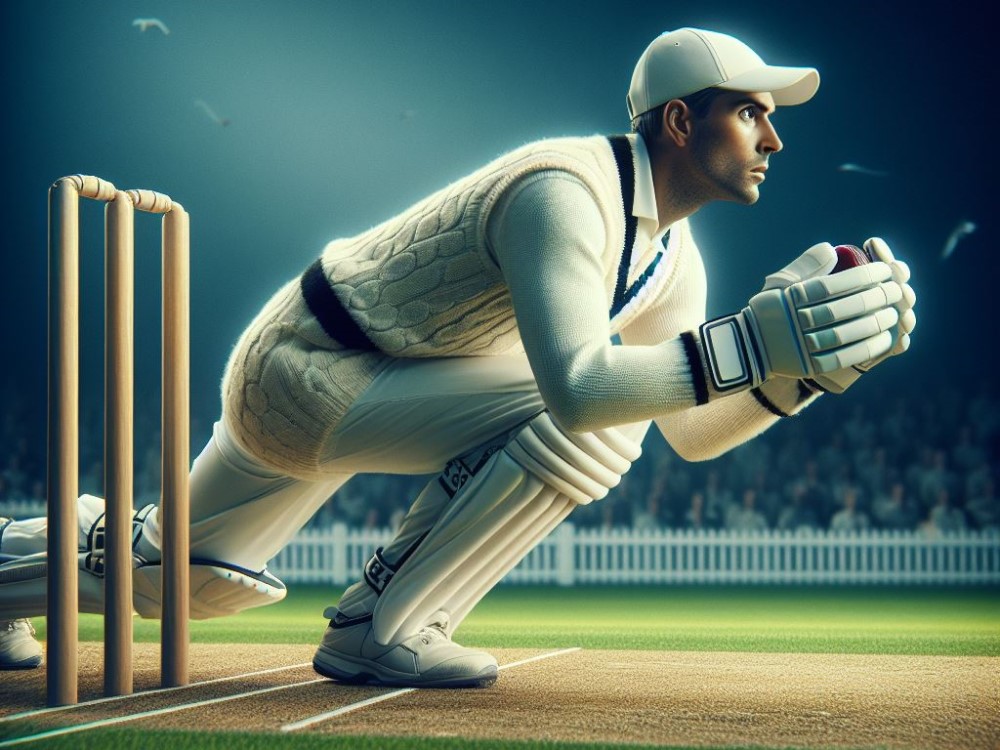
In limited overs cricket, specialized fielding positions in limited overs cricket are strategically used to maximize fielding efficiency and prevent runs. Here are some common Specialized fielding positions in limited overs cricket in this format of the game:
- Slip: Positioned at an acute angle behind the wicketkeeper to catch edges of the bat.
- Deep Mid-Wicket: Placed near the boundary to field shots hit towards the leg side.
- Cover Point: Positioned on off-side to stop shots played square of the wicket.
- Third Man: Located behind the batsman’s off-side to field edges and cuts.
To optimize fielding, teams should determine the positions based on the batsman’s strengths, recent performance, pitch conditions, and game situation. The selection of specialized fielding positions in limited overs cricket can significantly impact the team’s success in limited overs cricket.
Factors Determining Fielding Positions
When it comes to fielding positions in cricket, several factors come into play. From the batsman’s dominant shots to the bowler’s line and length, and even the captain’s strategy, each sub-section sheds light on a different aspect of setting up the field.
The pitch conditions can greatly influence the positioning of fielders. So, let’s delve into these factors and discover what goes behind determining the perfect fielding positions in the game of cricket.
Batsman’s Dominant Shots
When considering a batsman’s dominant shots in cricket, it is crucial to comprehend their strengths and weaknesses to strategically position fielders. Here are some essential points to take into account:
- Identify the shots: Analyze the batsman’s preferred and most effective shots, such as the pull, drive, or cut.
- Fielder placement: Strategically position fielders to cover the areas where the batsman is more likely to hit the ball, such as deep square leg for a pull shot or cover-point for a drive.
- Vary fielding positions: Adjust fielding positions based on the batsman’s shot selection and scoring pattern throughout the game.
- Utilize specialist fielders: Deploy fielders who excel in taking catches or stopping boundaries in the positions where the batsman’s dominant shots are likely to be targeted.
- Adapt to conditions: Take into consideration the pitch conditions, weather, and bowling plan while determining fielding positions to restrict the batsman’s scoring options.
Bowler’s Line and Length
The bowler’s line and length are crucial aspects in cricket that significantly influence fielding positions. The line denotes the trajectory of the ball, while the length determines its bounce. If the bowler consistently bowls towards the off stump, fielders such as slip, gully, and point are strategically positioned to capitalize on any edges or intercept shots.
On the other hand, when deliveries are pitched on a fuller length, preferred fielding positions include mid-off and cover. Adapting the fielding positions in response to variations in the bowler’s line and length is essential to optimize catching opportunities.
A valuable tip is to analyze the bowler’s strengths and the batsman’s weaknesses, as it aids in anticipating the line and length and subsequently allows for improved fielding placement.
Fielding Captain’s Strategy
The fielding captain’s strategy is of utmost importance in cricket as it has a significant impact on the placement and utilization of fielders during a match. A strategic captain carefully analyzes several factors, including the strengths of the batting team, the tactics of the bowler, the conditions of the pitch, and the overall game situation, in order to make well-informed decisions regarding fielding positions.
The captain strategically positions fielders to enhance the chances of taking wickets or preventing runs. For instance, the captain may opt to position additional fielders in catching positions such as slips or gully if the bowler is directing their focus on the outside edge of the bat.
It is crucial for the captain to effectively communicate with the bowlers and fielders, ensuring that everyone comprehends their roles and executes the strategy seamlessly.
Pitch Conditions
Pitch conditions play a vital role in determining fielding positions in cricket. The type of pitch, whether it is dry, grassy, or bouncy, dictates where fielders should be strategically placed to enhance their chances of catching the ball or preventing runs.
These pitch conditions ultimately influence the movement and speed of the ball off the bat, as well as the behavior of the bounce, thereby impacting the positioning of fielders.
For instance, on a slow and turning pitch, fielders may need to be positioned nearer to the bat in order to catch edges, whereas on a fast and bouncy pitch, fielders may need to be stationed deeper in the outfield to prevent the opposition from scoring boundaries.
Adapting fielding positions according to pitch conditions is imperative to maximize the effectiveness of fielding and restrict the scoring opportunities for the opposition.
Changing Fielding Positions During a Cricket Match
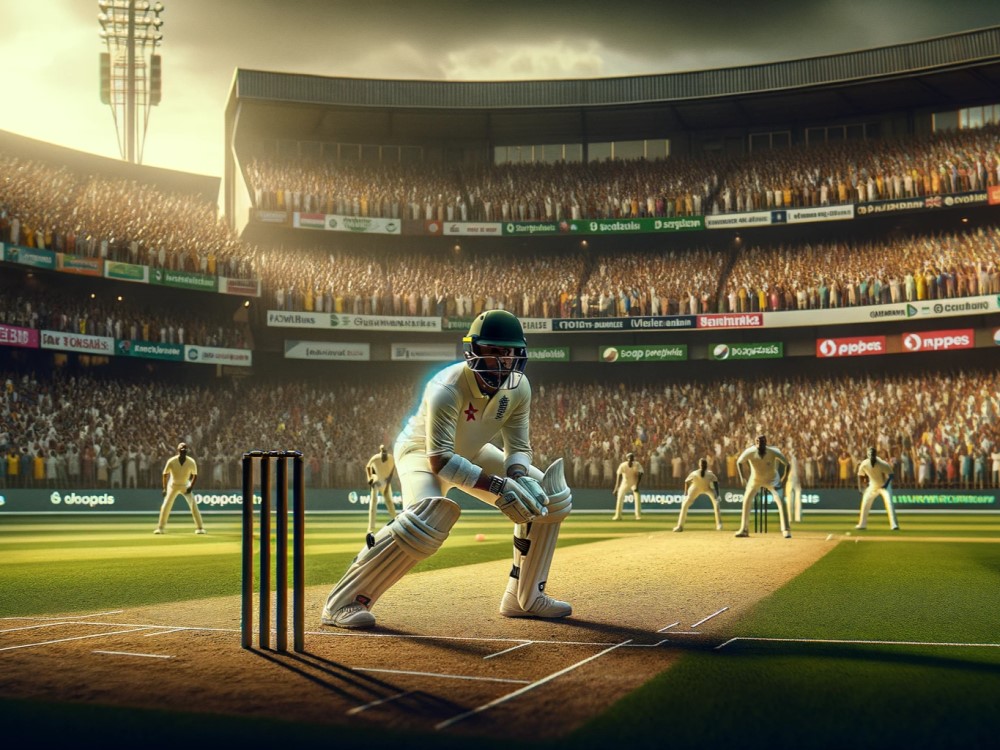
During a cricket match, teams have the flexibility to change fielding positions strategically based on various factors such as the batsman’s style, pitch conditions, and game situation. This allows teams to incorporate changing fielding positions during a cricket match.
By doing so, they can optimize field placements for fielders to create pressure on the batsman and maximize their chances of taking wickets. For example, in limited-overs cricket, captains often set attacking fields early on to put pressure on the batting team, while in test matches, fielding positions may be adjusted based on the line and length of the bowler.
The ability to change fielding positions during a cricket match is crucial for teams to adapt their tactics and effectively counter the opposition.
